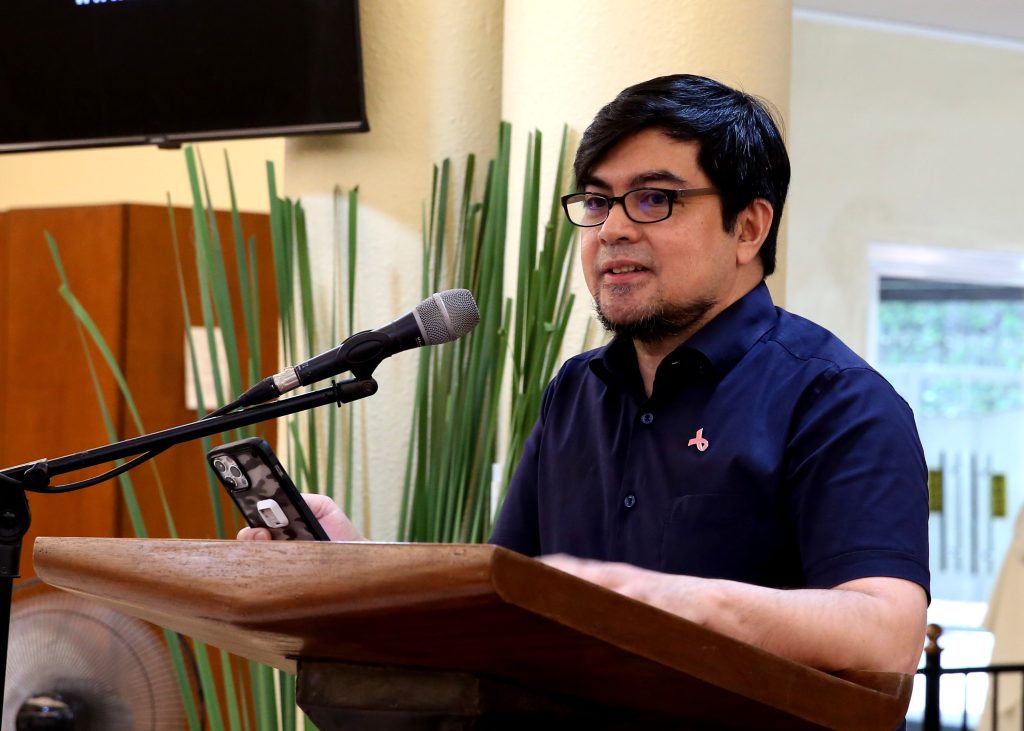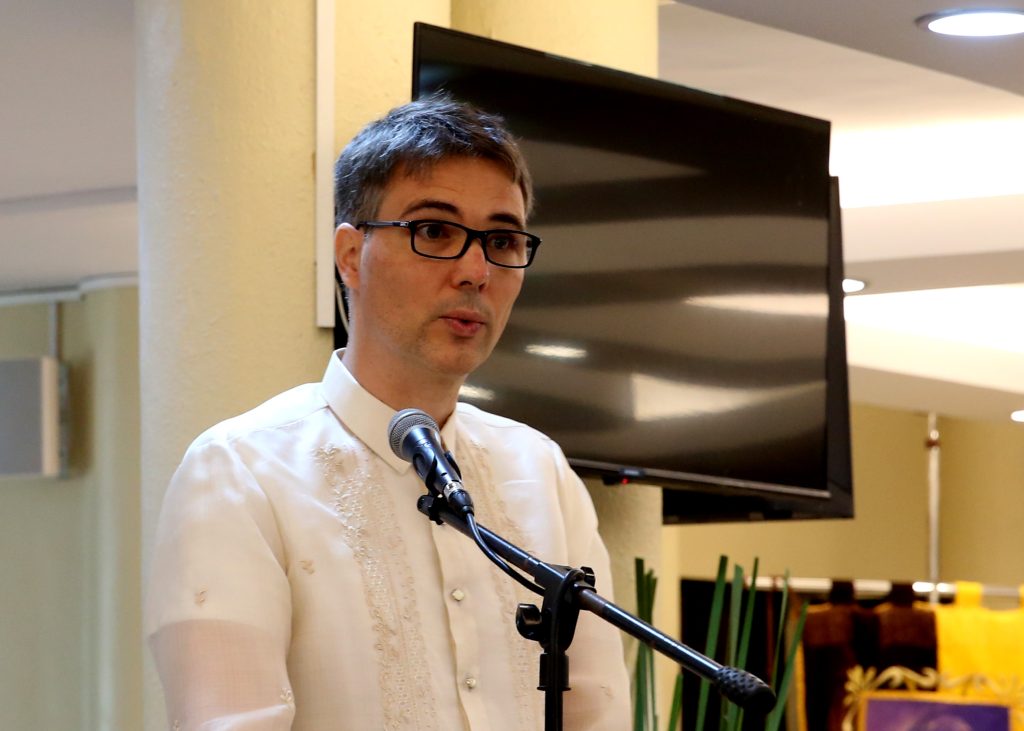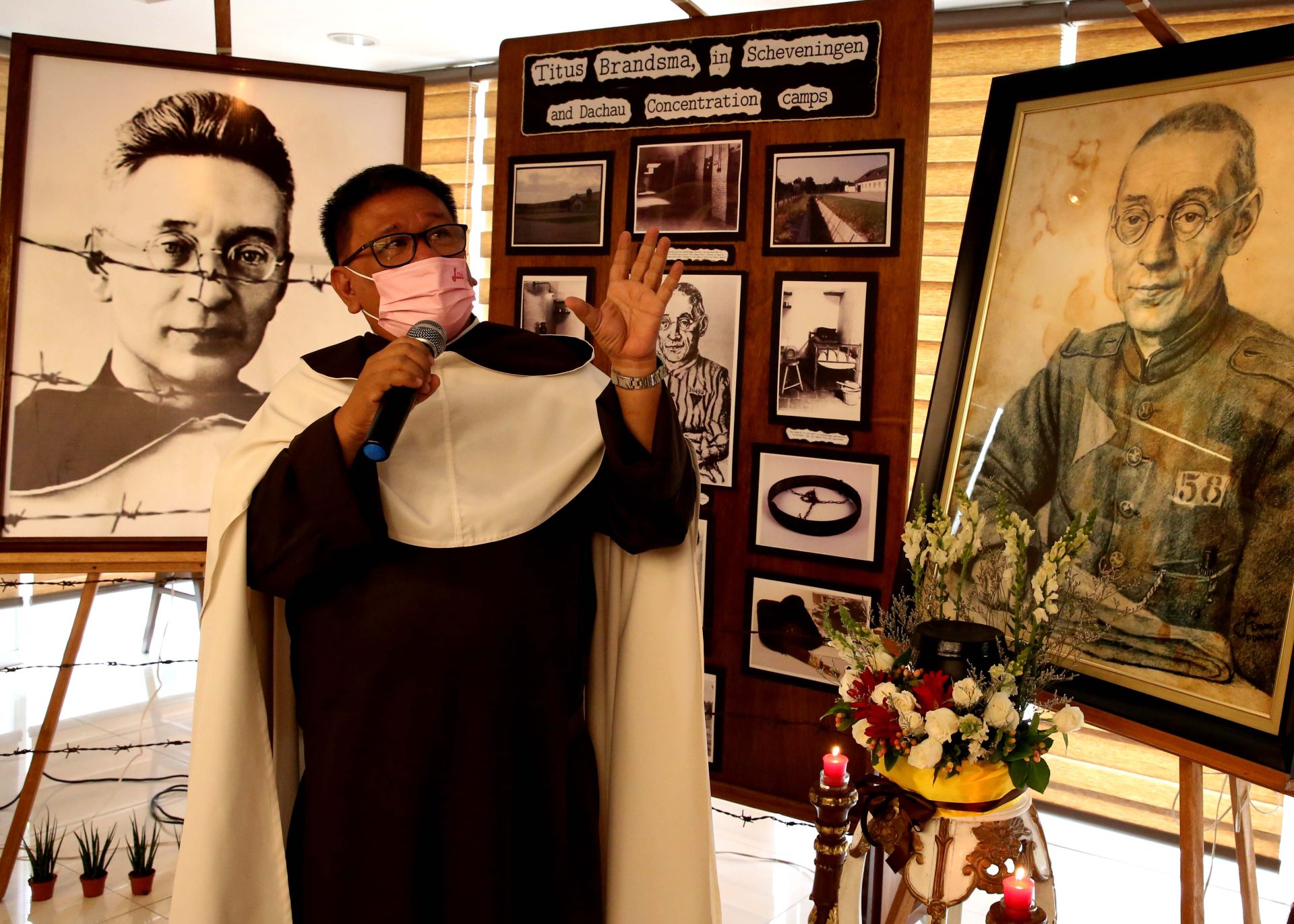Amid the flood of disinformation ahead of this year’s Philippine national elections, Filipinos should find inspiration in a priest who was dubbed “martyr of press freedom” for standing for the truth.
“With fake news and misinformation going on, the truth is compromised,” said Father Christian Buenafe, O.Carm, at the opening of an exhibit on the life and works of Titus Brandsma.
Titus Brandsma, a Dutch Carmelite priest, educator, and journalist, will be canonized by Pope Francis on May 15, 2022. He was who was executed at the Dachau concentration camp on July 26, 1942, for his refusal to publish Nazi propaganda in Catholic newspapers.
“These times demand, that like Titus, we must stand and pursue the truth and defy falsehood and lies,” Father Buenafe told LiCAS News.
With his canonization, Brandsma will join seven other patron saints of writers and journalists, including St. John the Apostle, St. Peter Canisius, St. Maximilian Kolbe, St. Francis de Sales, St. Clare of Assisi, St Paul the Apostle, and St. Lucy.
“There is a reason why the Church raises up among the believers, saints and holy people,” said Allan Arellano, executive director of the Catholic Educational Association of the Philippines.
“The Church is showing us a direction,” he said, adding that the Church is “using its wisdom to extol virtues and Christian values that we take for granted.”
Speaking at the opening of the exhibit on Saturday, April 30, Arellano said Brandsma’s canonization is a call for those who will win in the coming national elections to be “tireless heroes” who fight political dynasties and oligarchs and immerse themselves in the education sector.
“Blessed Titus is knocking at your hearts now to tell you the same, do not be deceived by the delectable, delicious, desirable untruth,” said Arellano.

Pieter Terpstra, chargé d’affaires of Embassy of The Netherlands in Manila, said Brandsma is an inspiration “now more than ever.”
“We need people who have the courage to say no to attempts to twist the truth and people who will not rest until justice is done,” he said in his speech during the launch of the exhibit.
Terpstra said the situation of the world today is “very much the same” to the time of Brandsma who fought the Nazi Propaganda in 1930s. “Today much of these occur in the digital domain,” he said.
He said misinformation and disinformation have been “weaponized” to undermine public confidence in democratic institutions, and to subvert democratic processes.
Terpstra cited the attempts of Russia to spread lies against Ukraine and to suppress the freedom of people.
“We all have a role to play in ensuring truth, freedom and justice,” he said. “It is a global challenge that is in all of us, and we cannot be bystanders when others spread lies and untruths,” he said.
The Dutch ambassador said that “only by standing up for truth, freedom and justice can we protect those around us from becoming [victims of] misinformation and manipulation.”

After the invasion of The Netherlands by the Third Reich in May 1940, Brandsma’s long-term fight against the spread of Nazi ideology and for educational and press freedom brought him to the attention of the Nazis.
In January 1942, he undertook to deliver by hand a letter from the Conference of Dutch Bishops to the editors of Catholic newspapers in which the bishops ordered them not to print official Nazi documents, as was required under a new law by the German occupiers.
The priest visited 14 editors before being arrested on January 19 at the Boxmeer monastery.
After being held prisoner in Scheveningen, Amersfoort, and Cleves, Brandsma was transferred to the Dachau concentration camp, arriving there on June 19.
His health quickly gave way, and he was transferred to the camp hospital. He died on July 26, 1942, from a lethal injection administered by a nurse of the Allgemeine SS, as part of their program of medical experimentation on the prisoners. – Reporting by Marielle Lucenio







